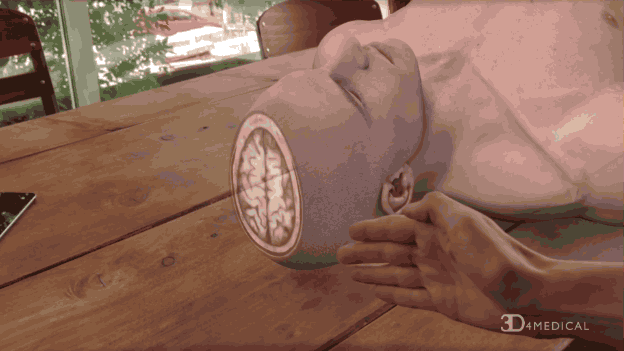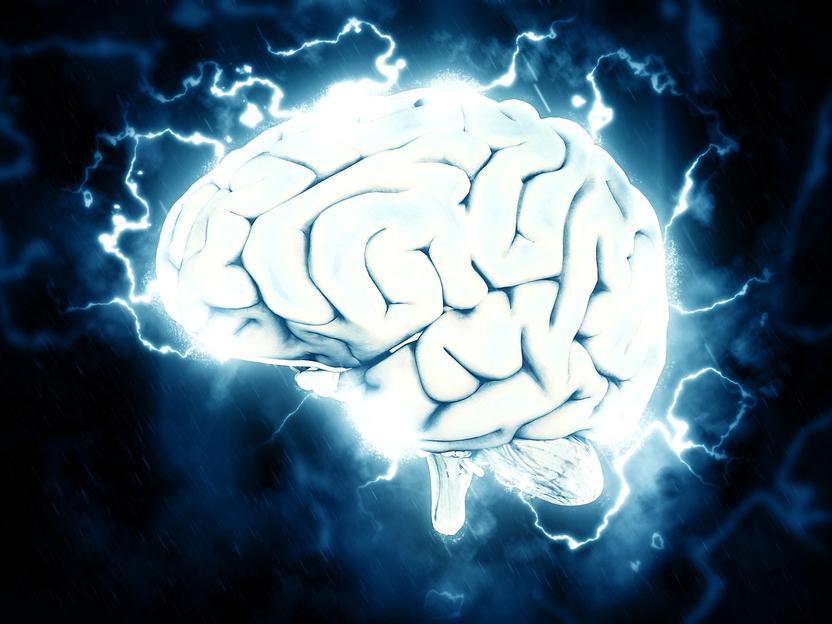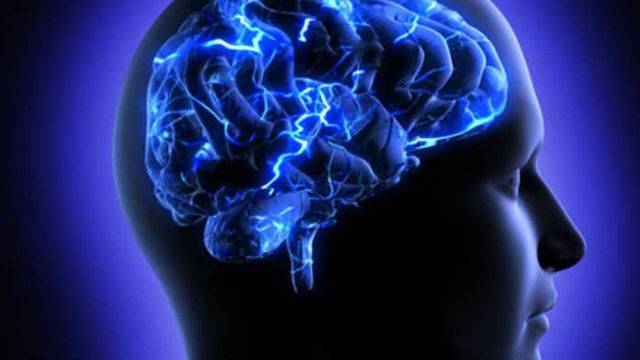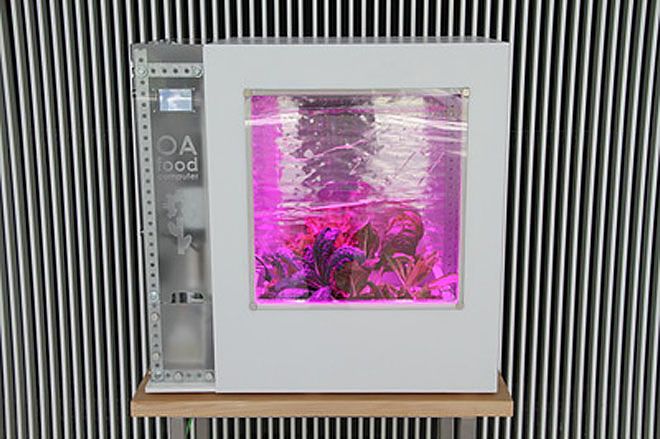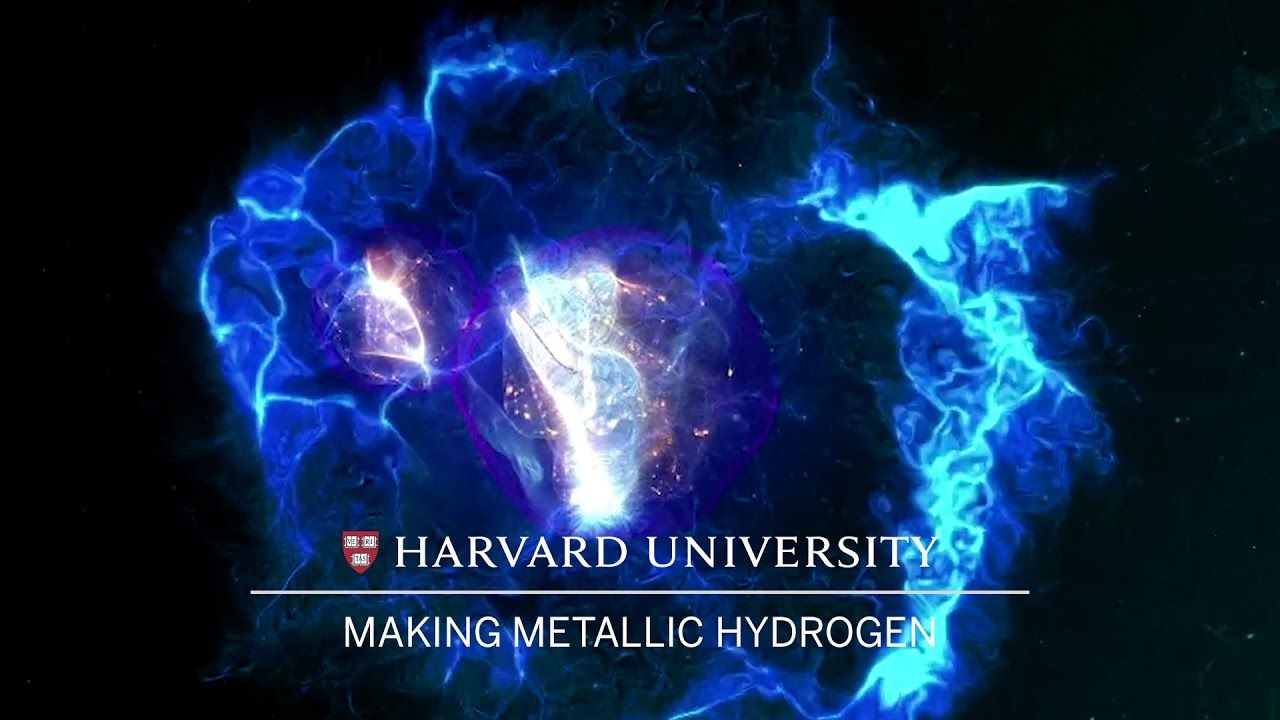Jan 29, 2017
Pull A Body Apart With This Augmented Reality App
Posted by Karen Hurst in categories: augmented reality, biotech/medical
Looking for that perfect gift for the medical student in your life? Search no more.
Is it wise to make medical students feel like renegade fictional genius Tony Stark, magically waving human bodies apart like the holographic diagrams in the Iron Man basement lab? Should we use technology to make millennials feel like superheroes? Stop asking difficult philosophical questions and look at how cool this is.
This augmented reality app is called Project Esper. It uses hand gestures to allow the users move and study anatomy. Users can pull the human body apart and investigate the organs and limbs piece by piece. Look—just look at this magical Star Trek karate:
